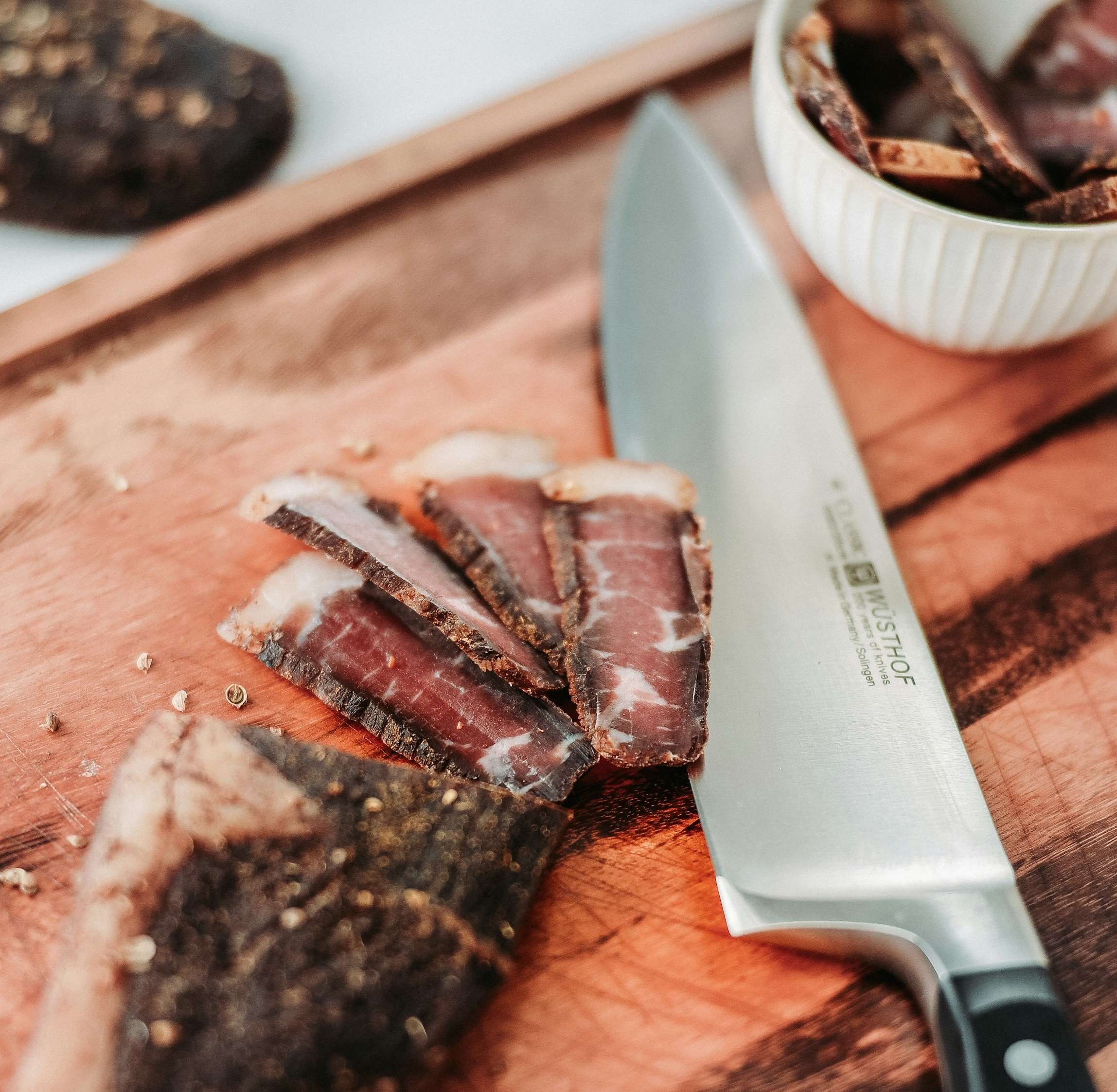Price monster remains merciful
Last month saw pasta, egg and sweet potato prices take a turn as they dipped into deflationary territory, adding to a basket of other food items experiencing negative inflation trends for several months.
Data released by the Namibia Statistics Agency (NSA) yesterday showed inflation of -2.1% for macaroni, spaghetti and noodles. In February 2023, the rate for pasta was 19.9%.
Eggs recorded a rate of -0.4% last month, compared to 14.8% a year ago.
Inflation for sweet potatoes came in at -0.2%. The vegetable also recorded deflation from February to April last year, but registered positive rates after that, peaking at 11.9% last May.
Overall inflation in Namibia last month slowed to 5.0%, down from 5.4% the previous month and 7.2% in February 2023. Overall food inflation was 5.5%, a drop from 6.4% in January and 14.5% a year ago.
Food
Bread and cake flour, as well as maize and grain have been in deflation for the past three months.
February’s rate for bread and cake flour was -2.6%, compared to 26.4% a year ago. Maize and grain register a figure of -8.3%. Last February it was 35.9%.
Minced meat, as well as liver and kidneys have spent six months in deflation.
Last month, the rate for mince was -1.0%, compared to 6.0% a year ago. Liver and kidneys were at -0.7%, against 4.0% last February.
Except for January this year, when inflation for cooking oil was zero, the item has recorded deflation since last May. Its latest rate was -3.0%, compared to 22.3% a year ago.
The rate cooking fats have been negative since last June. Last month, it was -3.0% versus 11.9% in February 2023.
Except for sweet potatoes, onions were the only vegetables in deflationary territory. The bulbs have been recording negative rates since November. Last month, it registered -11.6%, compared to 39.4% in February 2023.
Expensive
Plenty of food items in the consumer basket remain a target of the price monster, albeit a softer one than twelve months ago in most cases.
In the bread and cereal category, breakfast cereals recorded the highest inflation rate last month: 7.5% against 12.7% a year ago.
Bacon and ham recorded the highest rate in the meat category – 9.4% and 9.3%, respectively. In February 2023, they were 21.3% and 13.6%, respectively.
Inflation for fresh and frozen fish heated up to 15.6% last month, a spike from 10.7% a year ago.
Fresh and long-life milk recorded inflation of 13.1%, up from 5.3% last February.
In the oils and fats category, the price monster devoured peanut butter at a rate of 14.4%. A year ago, its appetite was a mere 1.0%.
Citrus and grapes were the bad apples in the fruit basket. They recorded rates of 28.2% and 38.9%, respectively – up from 27.4% and 18.3%, respectively, in February 2023.
Inflation for potatoes, cabbage and mealies remained unhealthy. Last month, these rates came in at 28.5%, 39.9% and 35.7%, respectively. A year ago, they were 21.5%, -6.1% and 2.1%, respectively.
Data released by the Namibia Statistics Agency (NSA) yesterday showed inflation of -2.1% for macaroni, spaghetti and noodles. In February 2023, the rate for pasta was 19.9%.
Eggs recorded a rate of -0.4% last month, compared to 14.8% a year ago.
Inflation for sweet potatoes came in at -0.2%. The vegetable also recorded deflation from February to April last year, but registered positive rates after that, peaking at 11.9% last May.
Overall inflation in Namibia last month slowed to 5.0%, down from 5.4% the previous month and 7.2% in February 2023. Overall food inflation was 5.5%, a drop from 6.4% in January and 14.5% a year ago.
Food
Bread and cake flour, as well as maize and grain have been in deflation for the past three months.
February’s rate for bread and cake flour was -2.6%, compared to 26.4% a year ago. Maize and grain register a figure of -8.3%. Last February it was 35.9%.
Minced meat, as well as liver and kidneys have spent six months in deflation.
Last month, the rate for mince was -1.0%, compared to 6.0% a year ago. Liver and kidneys were at -0.7%, against 4.0% last February.
Except for January this year, when inflation for cooking oil was zero, the item has recorded deflation since last May. Its latest rate was -3.0%, compared to 22.3% a year ago.
The rate cooking fats have been negative since last June. Last month, it was -3.0% versus 11.9% in February 2023.
Except for sweet potatoes, onions were the only vegetables in deflationary territory. The bulbs have been recording negative rates since November. Last month, it registered -11.6%, compared to 39.4% in February 2023.
Expensive
Plenty of food items in the consumer basket remain a target of the price monster, albeit a softer one than twelve months ago in most cases.
In the bread and cereal category, breakfast cereals recorded the highest inflation rate last month: 7.5% against 12.7% a year ago.
Bacon and ham recorded the highest rate in the meat category – 9.4% and 9.3%, respectively. In February 2023, they were 21.3% and 13.6%, respectively.
Inflation for fresh and frozen fish heated up to 15.6% last month, a spike from 10.7% a year ago.
Fresh and long-life milk recorded inflation of 13.1%, up from 5.3% last February.
In the oils and fats category, the price monster devoured peanut butter at a rate of 14.4%. A year ago, its appetite was a mere 1.0%.
Citrus and grapes were the bad apples in the fruit basket. They recorded rates of 28.2% and 38.9%, respectively – up from 27.4% and 18.3%, respectively, in February 2023.
Inflation for potatoes, cabbage and mealies remained unhealthy. Last month, these rates came in at 28.5%, 39.9% and 35.7%, respectively. A year ago, they were 21.5%, -6.1% and 2.1%, respectively.




Comments
Namibian Sun
No comments have been left on this article